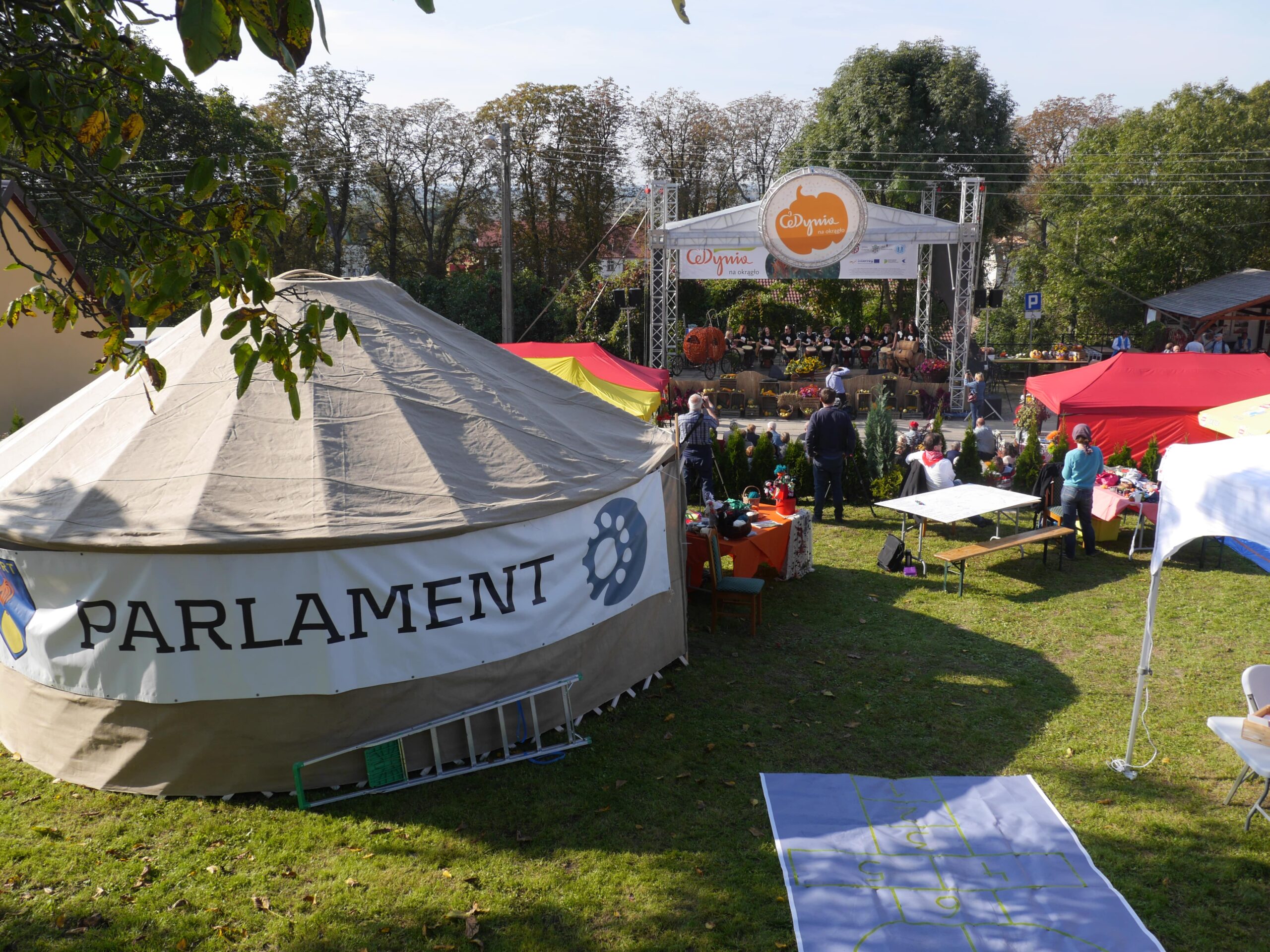Book Nowa Amerika
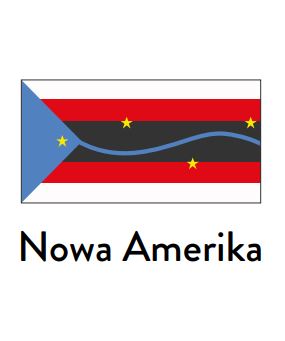
Download the entire publication PDF
After 22 years, a book about Słubfurt, New America, the white zone, Loch Netz, about the ideas and strategies behind it.
First of all, I would like to thank the Arsenal Municipal Gallery in Poznań and its director Marek Wasilewski. As partners, they made the book possible and supported me. I would also like to thank everyone who accompanied me with advice and deed during the creation of this book, including: Uta Kurzwelly, Jonatan Kurzwelly, Volkmar Köhler, Uwe Jung, Tomasz Stefański
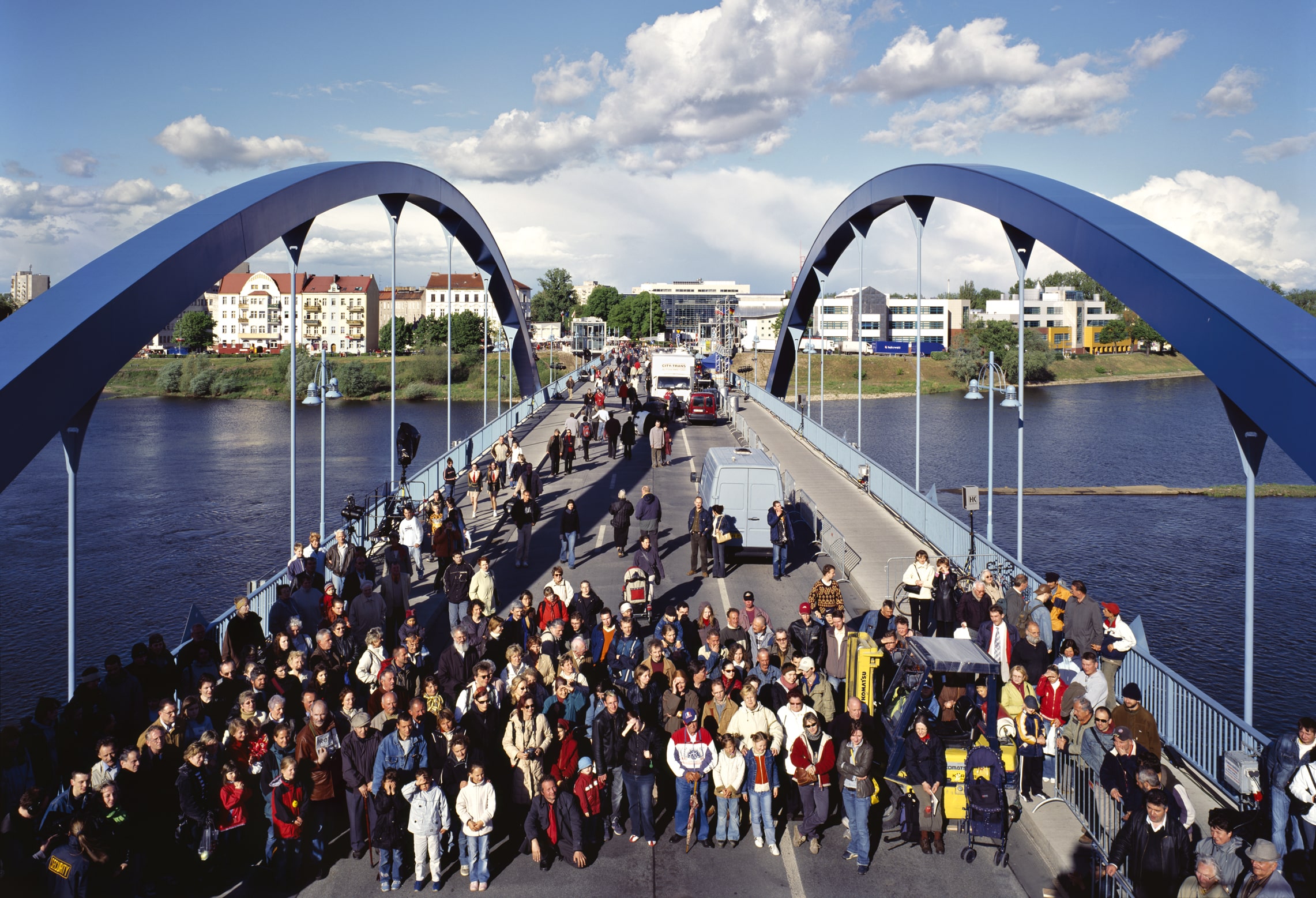
Nowa Amerika, the New World – what a wonderful promise! It has enticed millions of people from all over the world into a so-called paradise of never-ending possibilities, achieved by exploiting the slaves and crimes agains the indigenous people – reality and its mirror image of “happiness” enshrined in the US constitution. Questionable happiness indeed! Our Nowa Amerika puts forward another world, another type of happiness. Of course, in our times of transition everything depends on everything else, not only the magical name of Nowa Amerika on that of the New World. Our new world starts here, in the area, and is diametrically opposite to the desires and aims of the powerful brother. How did this happen?
Everything starts with the birth of a community straddling Germany and Poland, Frankfurt/Oder and Słubice: with the city of Słubfurt in the year 1999 – the first step in the making of an unusual republic. Ten years later this land is baptized Nowa Amerika – in memory of a Prussian takeover of a piece of land in the Warthebruch in the 18th century. Like every country, this one too is based on a constitution that determines the identity, values, rights, and duties of its citizens. The first paragraph of the first draft of the constititution reads as follows: Nowa Amerika is an artwork, a construction of reality that defines the space of the German-Polish border region as a common space. We are immediately caught by surprise and feel challenged – a country that is an artwork and, moreover, is constructed to become a reality? And what about its border? Has this no longer got any meaning? These ideas are obstacles in the mind of the ordinary consumer who is steeped in a world of consistency, usefulness and security, and where art usually doesn’t feature.
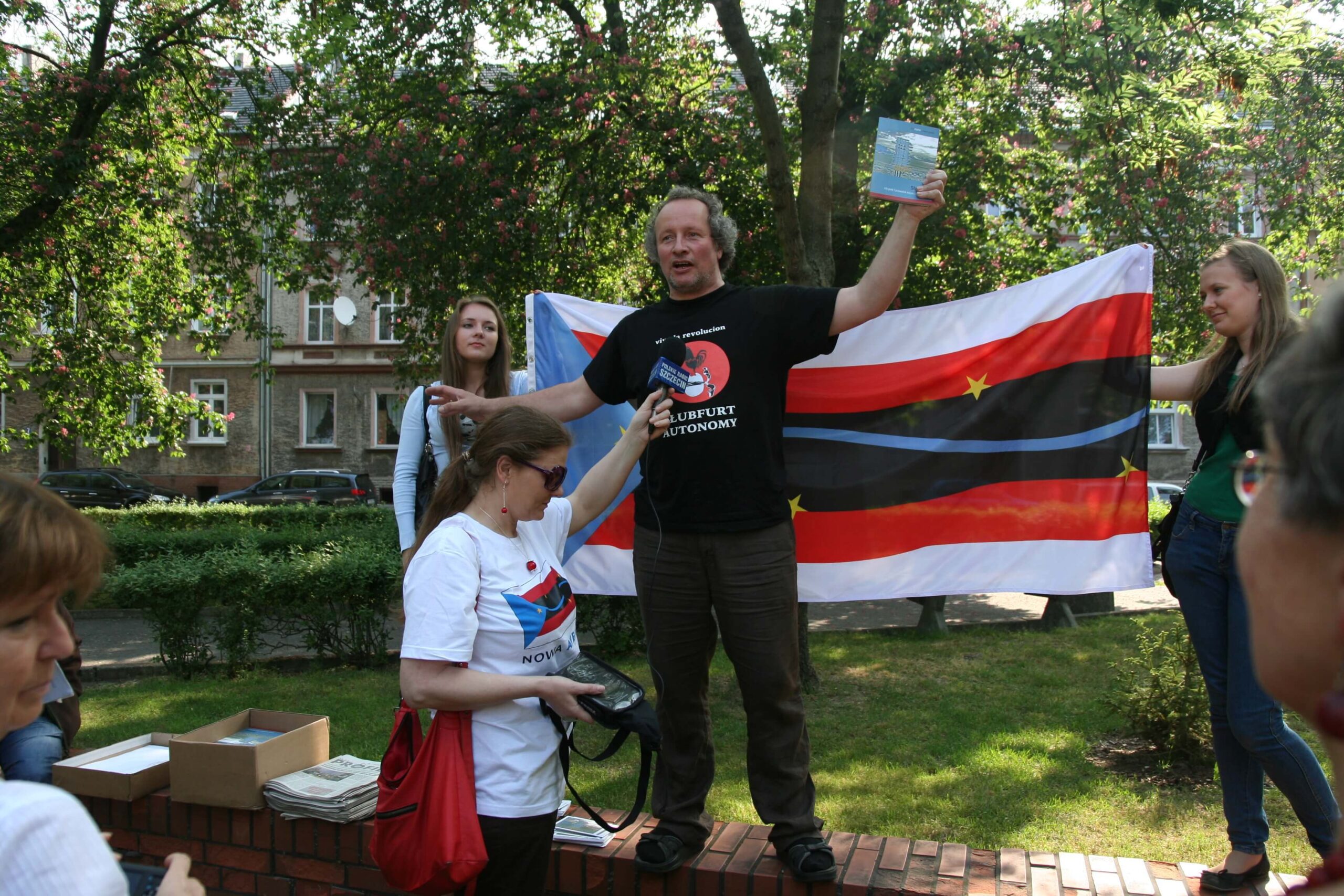
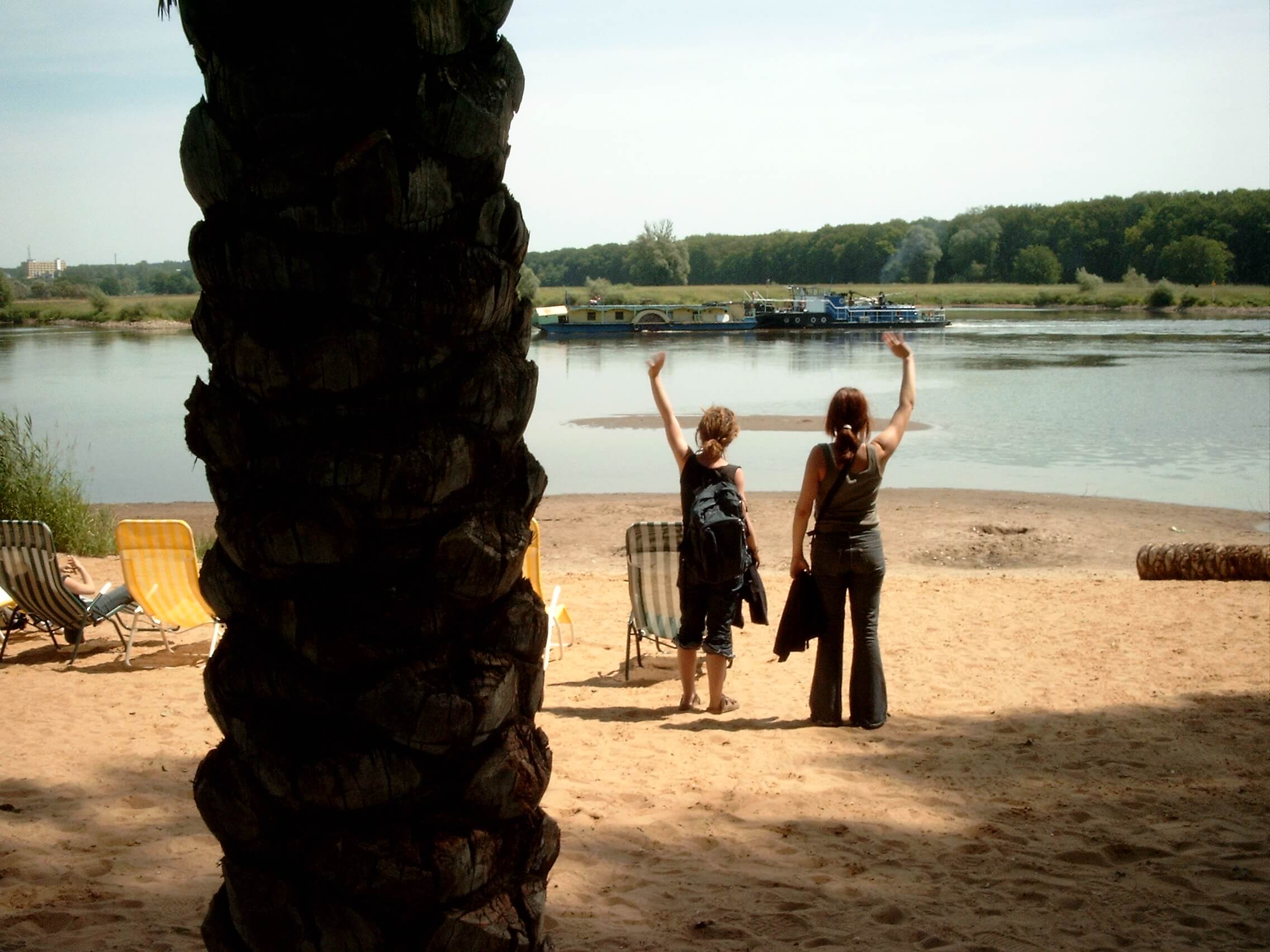
Art is thus important. Art which has transitioned and changed over time. Nowa Amerika is just another cog in the machine of history. In order to understand this, we must examine history books. Praying to the gods, the belief in higher or supernatural powers, their effect on humans, transmitted via shamans and holy men, all provided a lifeline for our Egyptian, Greek and Roman ancestors and who paid homage to them through images and statues, pyramids and temples. We have inherited a long history enriched in the Romantic and Gothic era. This has shaped our idea of what art is and taught us to appreciate beauty. The gods are soon replaced by a single god and serves as an example to the modern, confident people of the Renaissance where man is depicted as an equal next to God the creator, free to determine life. Homo Deus gave rise to the artist, replacing the craftsmen of the Middle Ages, the craftsmen who erected the cathedrals. The history of man’s emancipation starts. But years passed before Friedrich Nietzsche, the philosopher, poet and son of a pastor, arrived on the scene and dared to stand up and say: God is dead.
He has been a faithful friend and ever-present companion in the development of Nowa Amerika right from the beginning, and I dedicated to him a presentation entitled: “Art saves the world!” This was a radical theory which proposes that there is a close and existential relationship between art and the world. It is all about our planet. It is common knowledge that our planet is in trouble. Artists, philosphers and poets have dreamed of saving the planet from evil doers and destruction; but this dream has never been fulfilled. Can art save the planet? Has this ever happened before? An answer can be found in our cultural history, which sees art and society as close relatives. Let’s consider art and society in the second half of the 19th century – the time of Nietzsche, a time that corresponds in many respects with ours in terms of culture, politics, and social points of view. It is a society split between democrats and autocrats – a conflict that has not been resolved to this day; a European modern era marked by fast-paced developments in industry and science; it is a world of the homeo europanus, where Christian beliefs are at best marked by a Sunday routine. It is a highly materialistic world aimed at gaining more wealth and a richer future.
A world where the aesthetics were nevertheless directed to the past. In Florence of the 16th century the artists Michelangelo, Leonardo da Vinci and Raffael formed a trinity setting the stage for what was to come. Europe was mesmerized by this propaganda fide, the transformation of the masters into demi gods, whose genius was equal to that of the creator. Their art became religion – was this not something that had already happened before? Art becomes a cult, and more – art creates the world.
The great masters in Italy and in the Netherlands determined the pace of artistic Naturalism. The world should become like the art that was so greatly admired, and reflect the vitality and grandeur created by man. It became a booming industry refulgent in its own light. Kant had already mentioned the aesthetics of the beautiful and the sublime which reflect the almost priest-like role of the artist as a type of genius. A flood of statues and busts of these favourite muses appear in squares, parks and in salons of the juste milieu and the Belle Epoque.
